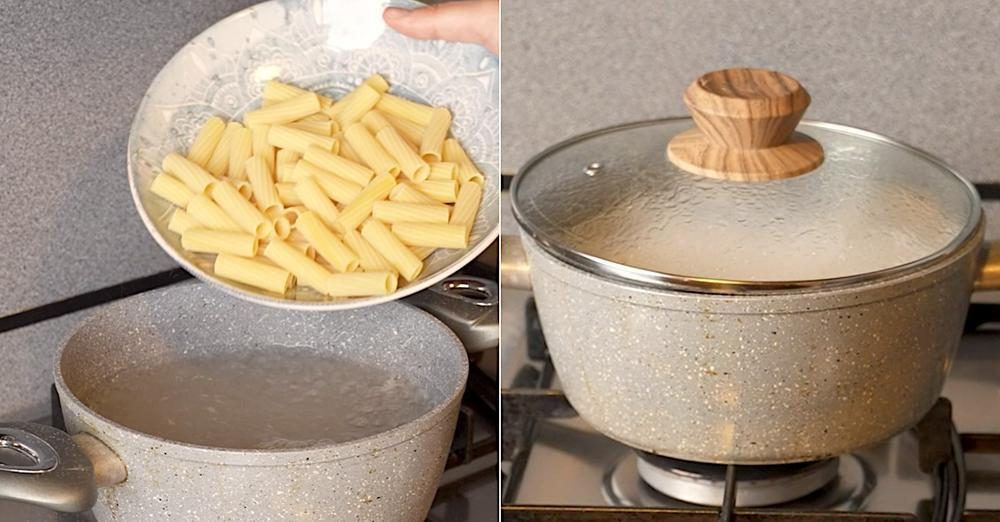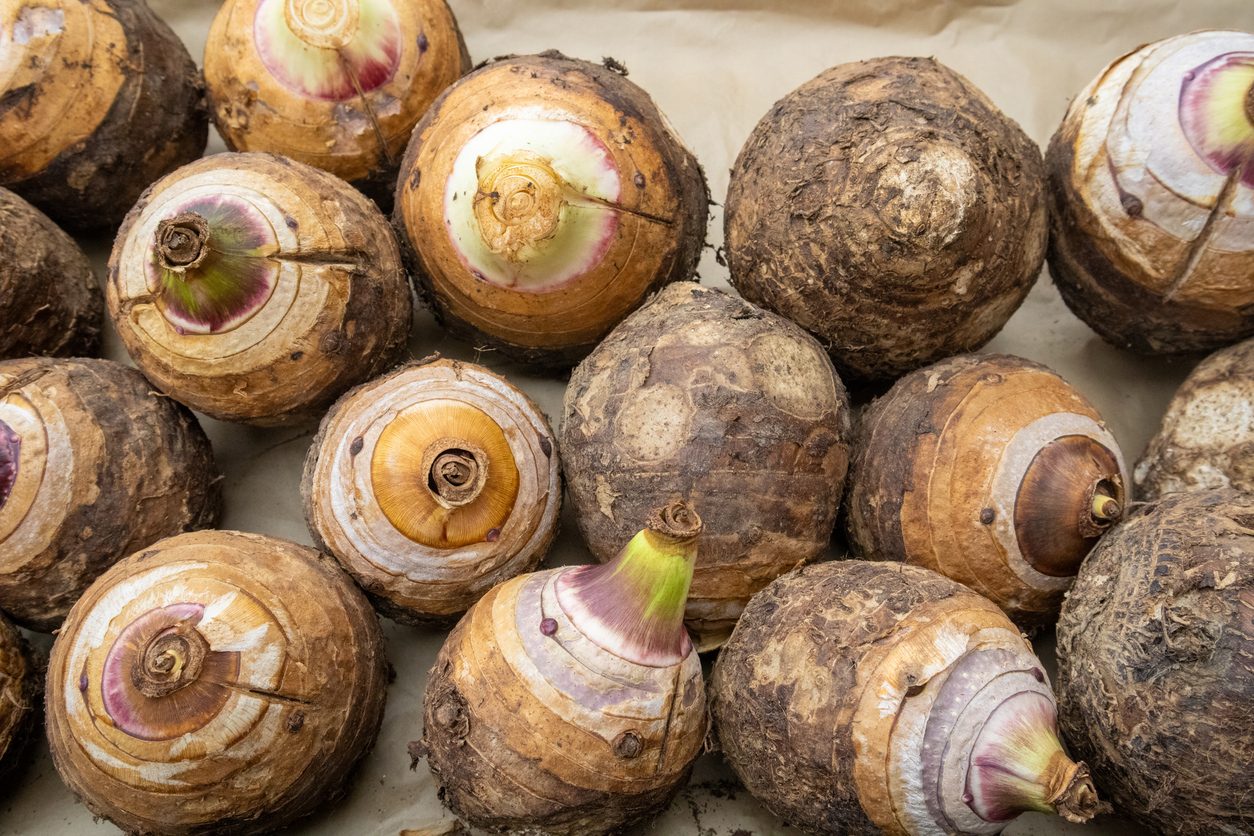Everything You Need to Know Before Cooking Octopus
If you love seafood, then you've most likely had an octopus dish served at a fancy restaurant. But, did you know that you don't have to wait until you visit such a fancy establishment to enjoy a delicious meal of octopus? All you need is to understand the intricacies of cleaning octopus and of course, cooking it.
;Resize,width=742;)
Octopus is one of the less popular seafoods eaten in homes around the world simply because it looks daunting to most. But, cooking it — whether it's for a simple seafood boil, grilling, or roasting over a spit fire — isn't as complicated as you might think!
Here's a simple guide that'll help you — you'll want to keep this handy!
Buying Octopus

The first step to cooking octopus is buying one which could either be fresh or frozen. You'll most likely find more frozen octopus on the market but don't worry, even that makes fresh and tasty meals.
However, you must remember that octopus shrinks during cooking. So, if you're planning to serve octopus as a main dish on a course meal, make sure to budget for about 1 pound of octopus per person.
Preparing Your Octopus

This step is typically the most intimidating part of cooking octopus for amateur and professional chefs. But, over time of doing this, you'll learn that it can be very easy if you follow the following instructions.
- If the octopus is frozen, transfer it to your fridge to thaw for at least 24 hours.
- When it has fully defrosted, you can slice the octopus or leave it whole, depending on the recipe.
- If you're cutting the meat before cooking, use a sharp knife or kitchen shears to remove each tentacle from the body by cutting it off at the base while the octopus lies flat on the cutting board.
- If you want to include the octopus head (it's very tasty!) in the dish, make sure you remove the beak and ink sac before cooking.
- To remove the beak and ink sac, slice the body and head of the octopus down the middle, exposing the innards, beak, and ink sac.
- Cut away the center portion of the head, including the beak, and remove the ink sac and any other unappetizing parts of the animal from the center of the body.
TIP: When buying fresh octopus, ask the fishmonger to clean it before wrapping. It'll lessen cooking time.
Cooking Your Octopus

Like most other seafoods, octopus can be cooked in various ways. Here is a lowdown of some of our favourites:
1. Grilling
One of the most popular ways to do so is by grilling it; the smoky flavours of the finished product is indeed hard to turn down.
How-To:
- First, pre-cook the octopus, in an oven or over a stovetop, as adding it straight to the grill as-is will result in tough, dry meat.
- Coat the pre-cooked octopus in olive oil and preferred seasonings before placing it over the grill.
- After about 4-5 minutes on a covered grill, flipping once during the cooking time, the octopus should be perfectly browned.
- Dress with fresh lemon, herbs, and a little more oil before serving.
2. Roasting

This method takes more time than most other methods on this list but the results are well worth it.
How-to:
- Sprinkle some salt over the octopus and place it on a foil-covered baking sheet.
- Next, cover the meat with another layer of foil and crimp the edges to create a completely sealed cooking environment.
- Place the octopus on a low rack of a 250 degree oven for up to 2 hours. Check the meat's doneness occasionally by piercing it with a fork until it's reached your preferred tenderness level.
- Let the octopus cool completely before serving.
3. Pan Frying
Pan-fried octopuses are extremely tasty thanks to the delicious caramelization of the seasonings on the exterior of the meat.
How-to:
- Start by boiling or method the octopus, allowing it to cook slowly.
- After the meat has completely cooled down, transfer the whole tentacles to an oiled pan for about 8 minutes per side.
- Alternatively, you can pre-slice the tentacles into thinner pieces and cook for 2 minutes per side for a perfect finish.
4. Braising
Braising is a generally low and slow cooking method so you don't have to pre-cook the octopus. The entire method is straightforward; just season the octopuses as you want and let them simmer over low to medium heat. Although slow, this method rewards you with octopus that is not only tasty but also very juicy and tender.
5. Boiling

This is the easiest method on this list but that doesn't mean it tastes less better than the others. Simply, cook the octopus with a mix of your favourite vegetables.
How-to:
- Fill the pot 2/3 full with either a vegetable/seafood stock or water filled with the herbs and vegetables of your choice, to infuse flavour into the meat.
- Add the cleaned octopus after the liquid has been at a rolling boil with the vegetables and herbs for about 5 minutes.
- Let the octopus boil for about 15-20 minutes per pound, testing the texture with a fork every 10-15 minutes until it has become fully tender and ready to serve.
6. Poaching
Poached octopuses are a perfect addition to summery recipes and are also easy to do.
How-to:
- Boil 1 gallon of water and 1 cup of white wine vinegar in a large pot. You can use white wine as a substitute for the vinegar but ensure that you increase the ratio of wine to water.
- Next, add flavorful additions like lemons, onions, bay leaves, salt and pepper.
- Let the mixture simmer for about 10 minutes before using tongs to dunk the whole octopus into the liquid 3 times, for about 5 seconds per dunk.
- Then, add the octopus to the water and bring it to a simmer for about 15-20 minutes per pound of octopus.
- Check the doneness of the meat occasionally and remove the pot from the heat once the octopus is easily pierced.
- Allow the octopus to rest before adding it to any recipe or eating it as is.
Enjoy!
;Resize,width=767;)
;Resize,width=712;)
;Resize,width=712;)
;Resize,width=712;)
